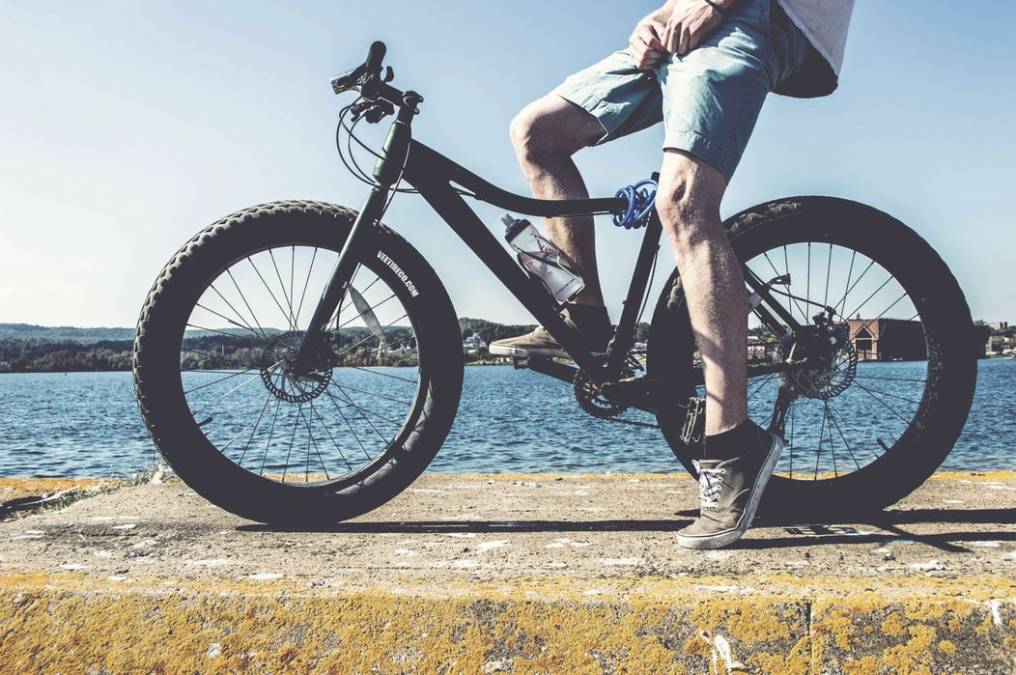Fat bikes are the direct evolution of mountain bike, mythical off-road bike born in the ‘70s. The main feature of these bicycles is the wheels that mount tires of at least 3,7” and rims over 44mm. Giant wheels in short, whose diameter is close to 29’’.
According to history, the first fat bike was born in Alaska in 1989 by a project by Simon Rakower. He needed to move on the snow and then changed his mountain bike that back then fitted regular 26” circles.
In the same period, similar bicycles were made in Mexico to move on the desert sand.
In 2005, the renowned Surly manufacturing company introduced Pugsley, the first industrial-grade fat bike.
As mentioned, fat bikes are designed to move on particularly difficult terrain, which a normal mountain bike can not overcome: snow and sand in the first place.
The big wheels and the low inflation pressure make it possible to achieve absolute adhesion and almost “float” on softer soils.
This type of bike is suitable for pedaling along the riverbed, sand, snow, mud, gravel.
Unlike what fat bikes look like, they are very easy to control, thanks to their wide support surface. This also allows less experienced bikers to deal with trails with disconnected trains without much difficulty.
Also, while being “fat”, they are not heavy. The wheels are full of air, suspensions and shock absorbers are not present and so have no impact on weight, and in the market there are also super lightweight carbon and aluminum frames. It is possible to buy a fat bike less than 10 kg.
This makes them suitable for excursions and/or real trips. In this case, weighing on weight will be our luggage.
A small defect of the fat bike is that, having a high adhesion on the ground, you need to impress a lot of force in the pedal. However, they also come with assisted pedaling.
